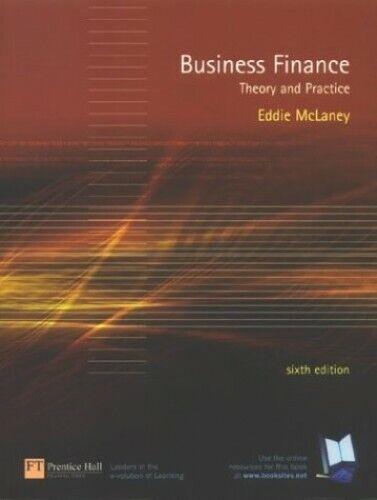a- A couple who has just had a daughter decides to save to pay the fees university. He can create a university fund that bears interest at a rate of 7% annual assuming the child starts university at age 18. Parents estimate that $40,000 per year will be required to cover university expenses for 4 years. Determine the equal annual amounts that the couple will have to put aside until their daughter's admission to university. (On assumes that the first deposit will be made on the child's first birthday and that the last deposit will take place on its eighteenth anniversary. The first withdrawal will occur at the beginning of the first year of university, when the child will have 18 years. Show your calculations in your working document. Support your answer with a cash flow diagram b- Let's say you make monthly deposits of $500 into a registered retirement savings program (RRSP) that earns 10% interest on that component quarterly. Calculate the balance after 10 years. To solve this problem, apply the principle that as soon as a deposit is made it begins to earn interest. Show your calculations in your discussion paper c- Bond yield Michael Nguyen buys a new corporate bond for $1,000. The issuing company promises to pay the holder $45 interest every 6 months on $1,000 corresponding to the face value (par) of the security and to repay that $1,000 after 10 years. Two years later, Michael sells the bond to Maria Garcia for $900. Show your calculations in your discussion paper. 1- What is Michael's return on investment? 2- If Maria keeps the bond for the remaining 8 years before maturity, what is the return on investment? 3- What was the current return at the time Maria bought the bond? d- Apex must use a chemical finishing process for a product under a 6-year manufacturing contract. Neither option 1 nor option 2 can be repeated once their useful life is complete. However, Chemicals H\&H will offer option 3 at the same cost for the duration of the contract. Option1: The $100000 Treatment A device has an annual operating and labour cost of $60000 and is estimated to have a useful life of 4 years and a salvage value of $10000. Option2: The $150000 Treatment B device has an annual operating and labour cost of $50000 and is estimated to have a useful life of 6 years and a salvage value of $30000. Option 3: Subcontract the process out at a cost of $100,000 per year. Based on the Equivalent Present Value (NPV) test, which option would you recommend, if i=12%. Show your calculations in your discussion paper







